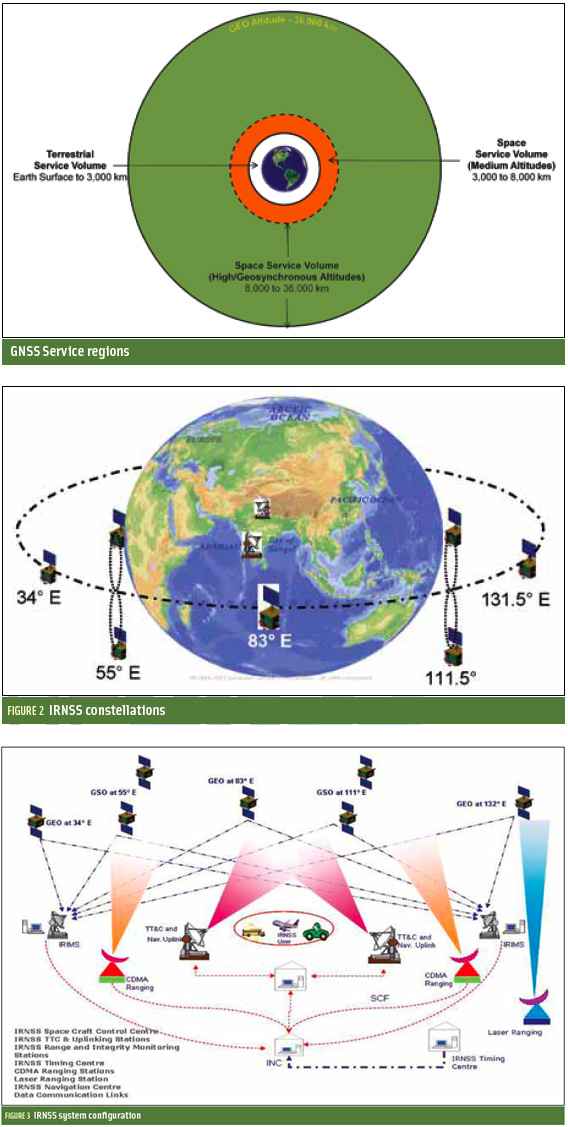Your Signal Is My Noise
Most people probably don’t associate engineers and linguistic virtuosity.
The attitude is unfair, of course, as with so many stereotypes.
And also untrue.
For example, as the number of existing or planned GNSS systems grew during the past few years, the expression “Your signal is my noise” has recurred in the engineering community with increasing frequency.
I consider that an elegant, if ominous, turn of phrase. A simple declarative sentence, pithy, with an ironic edge, yet almost lyrical.
By Inside GNSS










